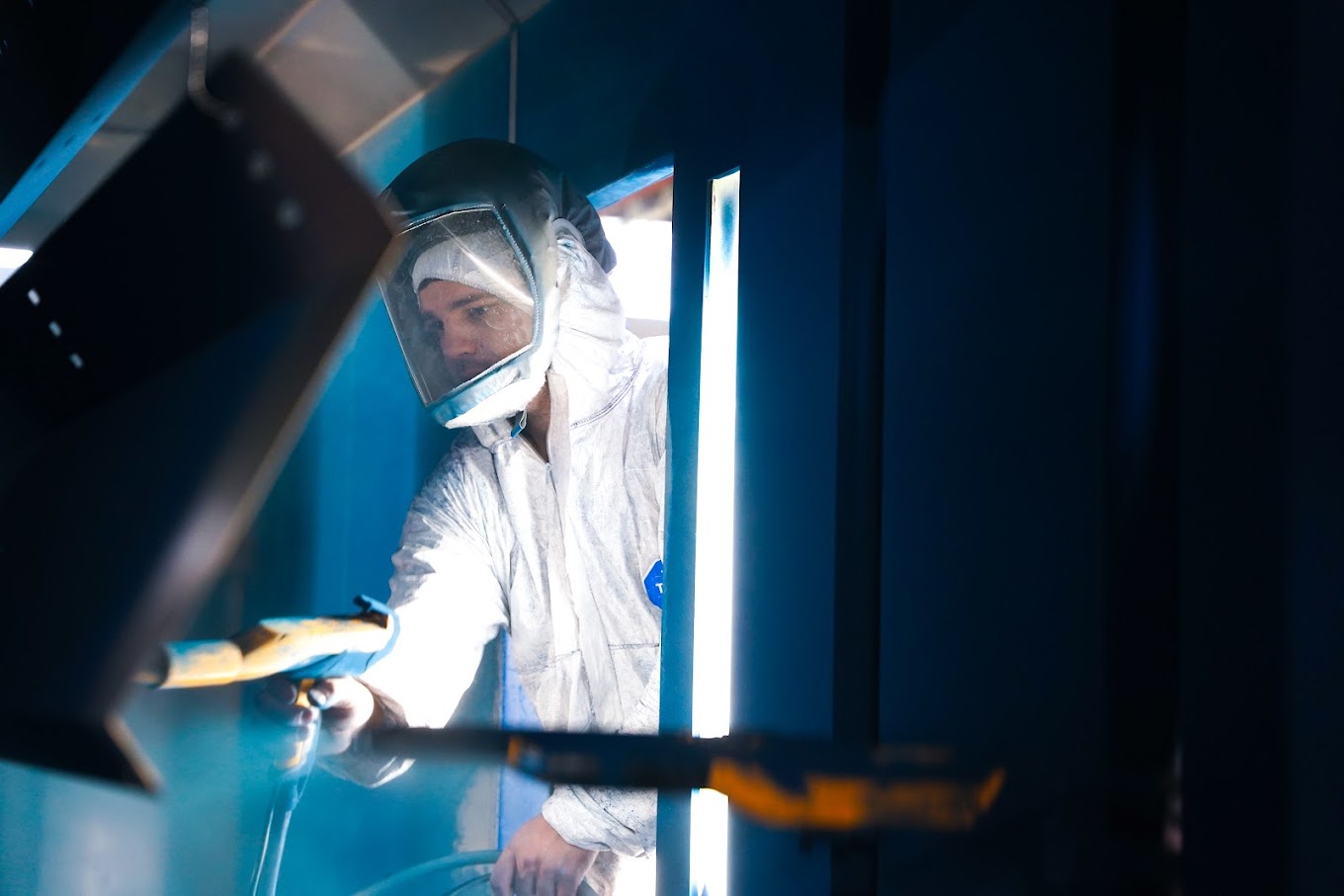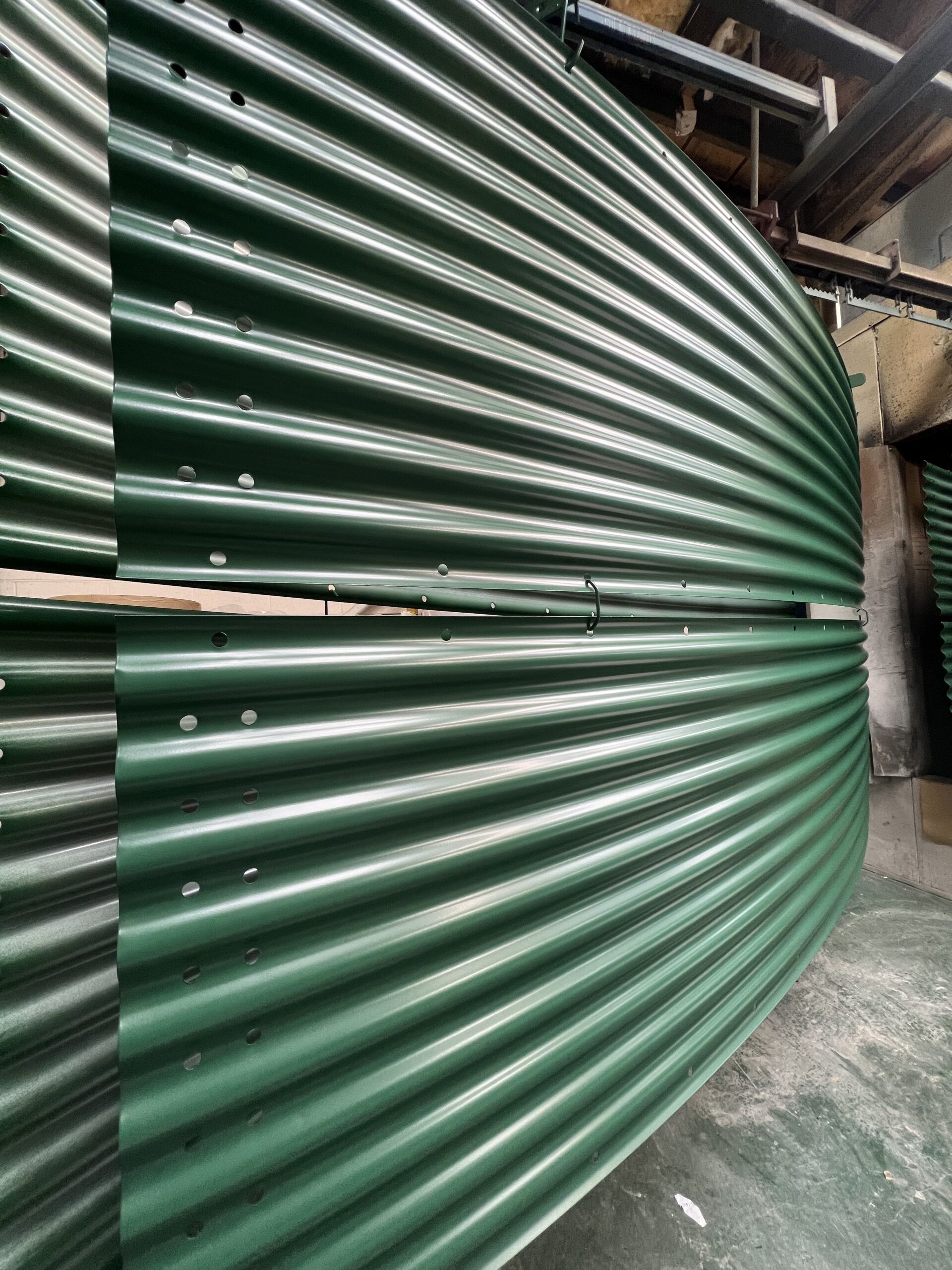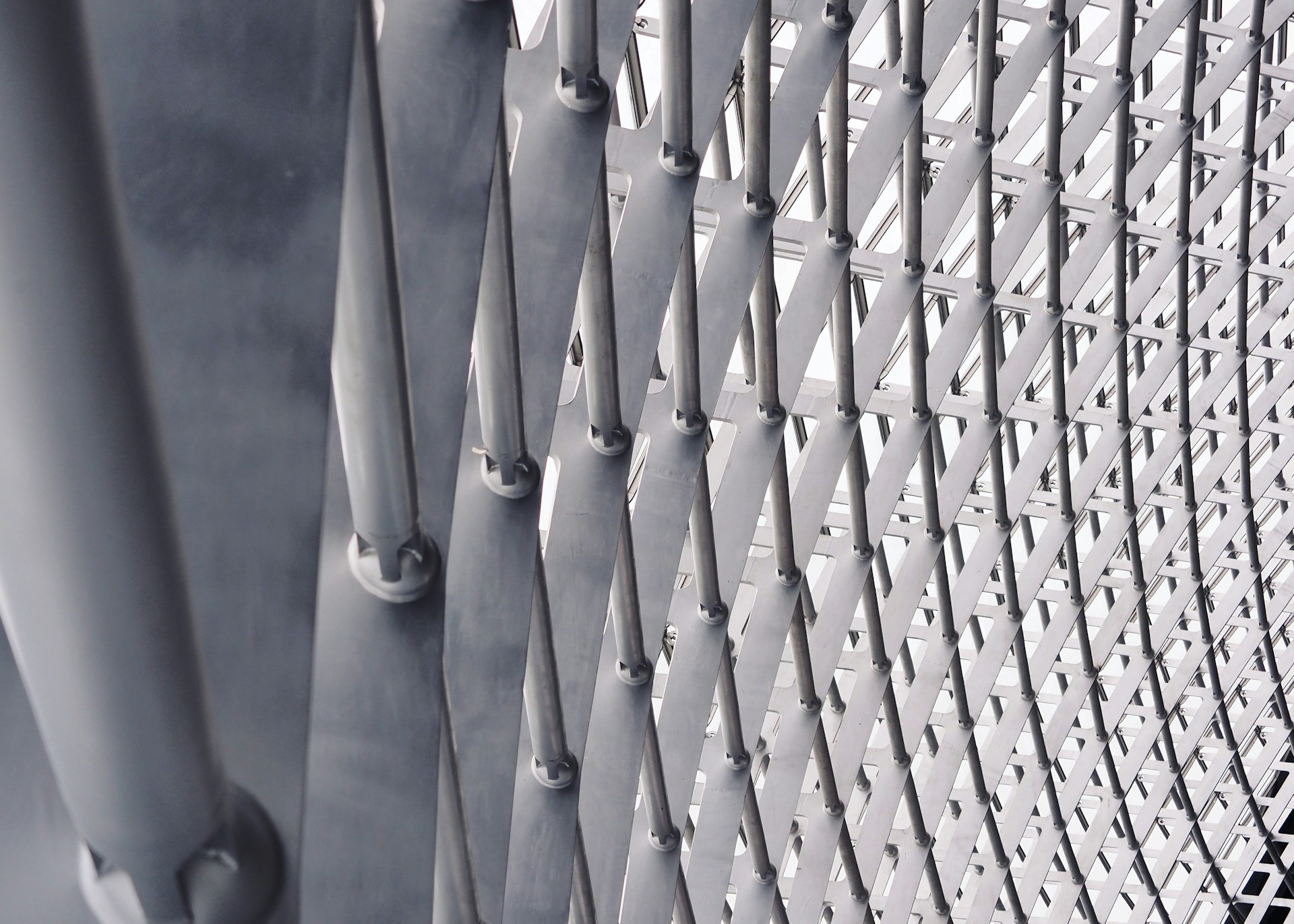In the world of industrial finishes and coatings, powder coating has become a staple for delivering high-quality, durable finishes. Known for its resilience and eco-friendly properties, powder coating has been widely adopted across industries ranging from automotive to consumer goods, furniture, and architectural elements. As we step into 2024, powder coating continues to evolve, with new technologies, trends, and sustainability efforts shaping its future. In this blog post, we’ll explore the latest developments in powder coating, what’s trending in the industry, and the reasons why it remains a top choice for manufacturers and consumers alike.
What is Powder Coating?
Before diving into the trends and advancements, let’s quickly recap what powder coating is. Unlike traditional liquid coatings, powder coating is applied as a dry powder and then cured under heat. This process allows the powder particles to melt and form a durable, smooth, and uniform coating. Powder coating is commonly used on metal surfaces, but it can also be applied to plastics, wood, and other materials with the right equipment.
Powder Coating Trends in 2024
- Sustainability and Eco-Friendly PracticesOne of the most significant trends in powder coating in 2024 is a stronger focus on sustainability. The powder coating industry has always been eco-friendly compared to traditional wet paints, as it involves fewer solvents and emits fewer volatile organic compounds (VOCs). However, as consumer demand for greener solutions increases, manufacturers are pushing for even more environmentally responsible practices.
- Recycled Materials: More manufacturers are exploring the use of recycled or repurposed materials in the powder itself, reducing the environmental footprint.
- Energy-Efficient Curing Systems: New technologies are focusing on reducing energy consumption during the curing phase. Innovations like low-temperature curing powders are allowing manufacturers to use less energy and reduce their carbon footprint.
- Custom Color and Texture InnovationsIn 2024, color and texture customization are driving demand in the powder coating industry. Whether for industrial or decorative purposes, there’s a growing interest in unique, custom finishes that stand out. This is especially prevalent in industries like automotive, furniture, and consumer goods.
- Metallics and Gloss Finishes: High-shine, metallic, and gloss finishes are gaining popularity in architectural and automotive applications. These finishes not only enhance the aesthetic appeal but also offer superior protection against corrosion.
- Matte and Textured Coatings: Matte finishes and textured coatings have become a hot trend, especially for industrial equipment and home appliances. These finishes provide a modern, sleek look while still offering the durability and toughness that powder coating is known for.
- Advances in Powder Coating MaterialsThe chemistry of powder coating continues to advance, with new formulations that improve performance, appearance, and application efficiency. Innovations in material science have enabled powder coatings to meet a broader range of needs.
- Polyester and Epoxy Blends: Polyester-based powders are highly weather-resistant, making them ideal for outdoor applications. When combined with epoxy resins, they offer a balance of durability and flexibility, ensuring coatings hold up well under UV exposure and harsh conditions.
- Thermosetting Powders: In addition to the traditional thermoplastic coatings, thermosetting powders that cure through cross-linking are gaining traction. These coatings provide enhanced durability, improved heat resistance, and excellent chemical resistance, which are particularly useful in the automotive and industrial sectors.
- Increased Automation and Smart Coating SystemsAutomation continues to play a significant role in the powder coating industry. With technological advancements, the coating process has become faster, more precise, and cost-effective. Automated systems equipped with sensors and AI-driven software now enable manufacturers to monitor and adjust parameters like curing time, temperature, and powder application to optimize the coating quality.
- Robotic Powder Coating Systems: Robotic arms are increasingly being used to apply coatings, ensuring consistent coverage and reducing human error. These systems are also useful for coating large or irregularly shaped objects, making them ideal for industries like automotive manufacturing.
- AI-Enhanced Color Matching: With the help of AI, manufacturers can now offer improved color matching and custom designs, making it easier to achieve complex color schemes and textures without manual intervention.
- Stronger Corrosion ResistanceOne of the key advantages of powder coating is its ability to protect metal surfaces from corrosion. In 2024, there’s been an increased focus on improving this property to meet the demands of industries like marine, construction, and outdoor furniture.
- Corrosion-Resistant Coatings: Innovations in powder formulations are making coatings more resistant to corrosion, UV degradation, and chemical exposure. Specialized coatings that offer long-lasting protection in extreme weather conditions are in high demand.
- Salt Spray Testing Improvements: Manufacturers are now conducting more rigorous salt spray testing to ensure that their coatings can withstand the most aggressive environments, such as coastal areas where saltwater exposure is a constant concern.
The Benefits of Powder Coating in 2024
With all these advancements, why is powder coating still the preferred choice for many industries? The answer lies in its numerous benefits:
- Durability: Powder coating offers superior resistance to chipping, scratching, and fading compared to traditional paint. This makes it ideal for applications where durability is critical.
- Eco-Friendly: As mentioned earlier, powder coating is an environmentally friendly option. It generates less waste, uses fewer toxic chemicals, and produces fewer emissions, making it the go-to choice for businesses aiming to reduce their environmental footprint.
- Cost-Effectiveness: Though the initial investment in equipment may be higher, powder coating can be more cost-effective in the long run due to its durability and lower maintenance costs. Additionally, the process is efficient, reducing material waste.
- Versatility: Powder coating can be applied to a wide range of materials, offering flexibility for manufacturers in various industries. With the latest advancements, the coating can be customized to suit virtually any requirement—be it aesthetic appeal or functional performance.
- Health and Safety: Since powder coating doesn’t require solvents, it is a safer option for workers compared to traditional paints. The lack of VOCs and other hazardous chemicals means a cleaner, healthier working environment.
Conclusion
As we move forward in 2024, powder coating remains a highly valuable, eco-friendly, and durable finishing option for a wide range of industries. With technological advances in sustainability, customization, and automation, powder coating is becoming more versatile and cost-effective than ever before. Whether for enhancing the appearance of consumer goods, improving the durability of automotive components, or adding weather-resistant finishes to architectural elements, powder coating is a trend that continues to evolve—offering superior quality and performance in every application.
In a world that is increasingly focused on sustainability, innovation, and durability, powder coating is poised to remain at the forefront of modern coatings technology. As new materials, trends, and techniques continue to emerge, businesses and consumers can look forward to even more cutting-edge options that deliver long-lasting value.




